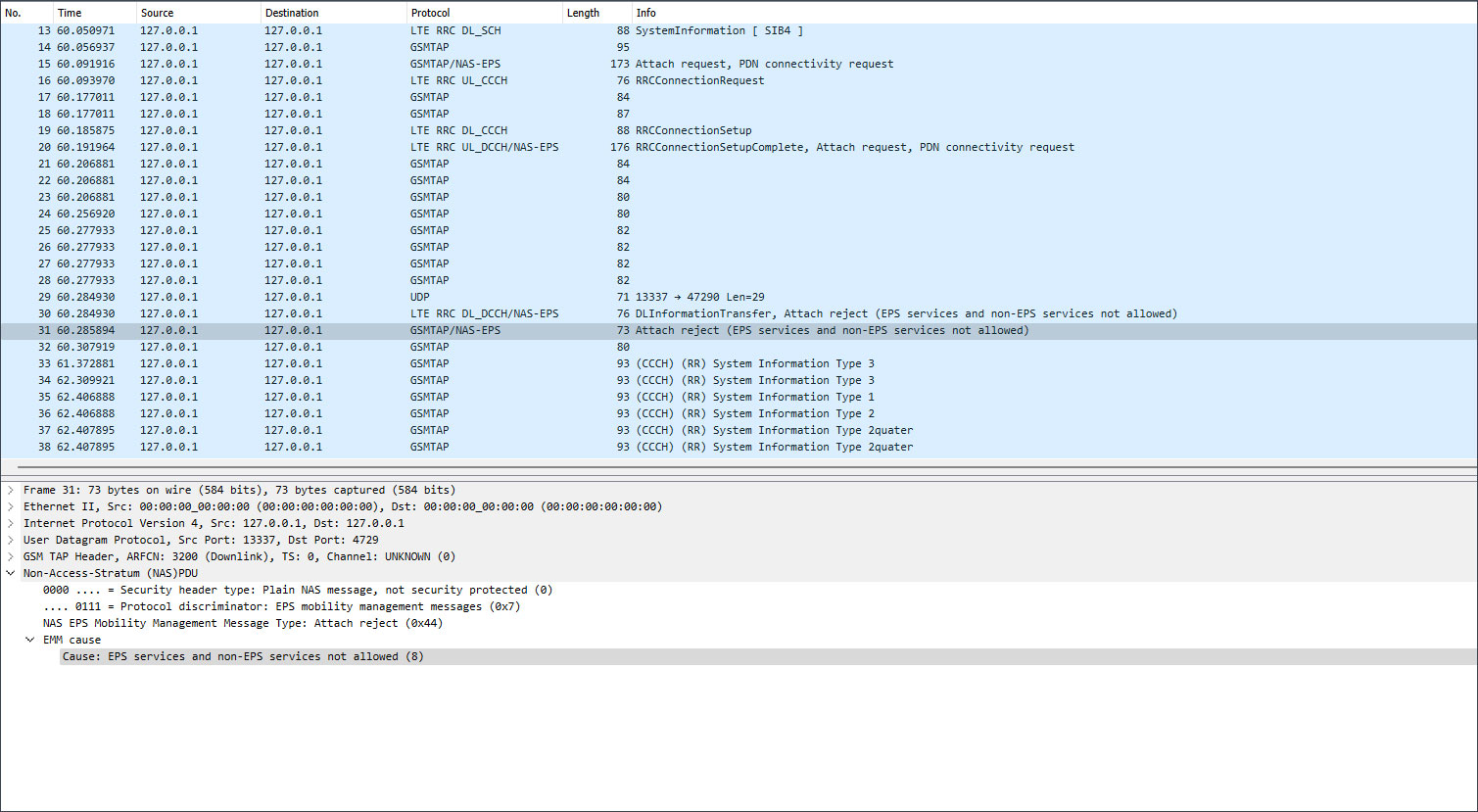Advance analysis with QXDM logs
When Test Engineers go through end-to-end cellular testing, various levels of fault details could be retrieved at the point of error occurrence. When the error is in a particular function (eg. Device Registration), the surface level error details available are limited and have broad interpretations (eg. Not Registered or Registration Denied, etc.). The actual cause behind the error could be much more complex, and the surface-level error messages provide little to no useful information in effectively diagnosing and isolating the real issue
When a deeper understanding of the problem is required, there are two other useful sources of information that can be referred : namely,
- UE Logs
- Network Trace Logs.
A deeper and more comprehensive understanding of the problem can be ascertained using these logs, which will in turn translate to far more effective troubleshooting. Mobile chip manufacturers have proprietary log formats to capture and store device logs. When an error occurs in a user handset device, the device logs can be analysed to provide a detailed anatomy of the problem from the perspective of the user equipment. When these details are combined with the network component logs (server logs) within that function, a complete picture of the problem can be constructed.
Example problem analysis using high-level logs and QXDM logs
Following example shows the detailed problem analysis using the high-level logs and the QXDM logs using XG Platform.
Problem
UE LTE registration failure
Problem Analysis using high-level UE logs
When the above LTE registration test scenario is executed, the following output is received with high-level details. However, only the “registration denied” status is conveyed from the registration attempt, and the root reason for the failure remains unknown.
Running test scenario BCALL VoLTE DeREG VoLTE 01
Signal Strength ... ✔ OK in 2.504s | 87
Getting IMSI ... ✔ OK in 2.705s | 134550007900125 OK
Attaching to LTE ... ✖ FAILED in 16.863s | Status: Registration denied, +CEREG: 0, 3
Execution completed
Problem Analysis using detailed device log
- Obtain the UE device logs and decode the logs.
- Analyse the decoded logs and verify that the Attach Request is rejected due to the core network rejection for the attach request with cause of "#8" EPS services and non-EPS services not allowed.

Solution Description
The possible of causes of error code #8 "EPS services and non-EPS services not allowed" are as follows:
- The terminal is an unauthorized user.
- The UE has not registered with the EPC.
XGP Supports QXDM
QXDM is the most widely used wireless communication tool for capturing Qualcomm signalling and Data Details Logs for debugging and troubleshooting. These logs help wireless test engineers to troubleshoot problems in a detailed and deeper manner. However, reading QXDM log files requires the use of expensive professional tools.
XGP now supports remote monitoring and troubleshooting with QXDM low level debug logs, which can be captured via the XG portal for test executions. XGP has the capability to decode the QXDM logs into a Wireshark readable format, which enables test engineers to easily view signalling call flows in Wireshark and troubleshoot any issues with the logged packet information.
Why Does it Matter?
With the QXDM Decoder, XGP provides a remarkable capability to Test Engineers in terms of providing detailed visibility for troubleshooting. Now this information is available to be used in a cost effective way with WireShark, which is a familiar and commonly used tool within the engineering community.
